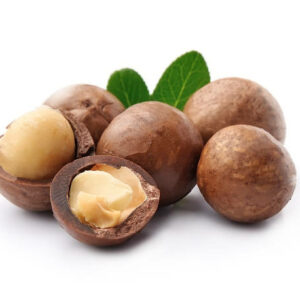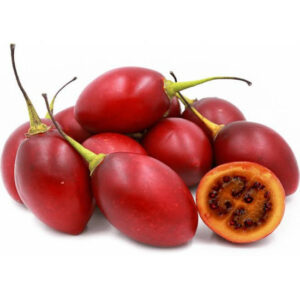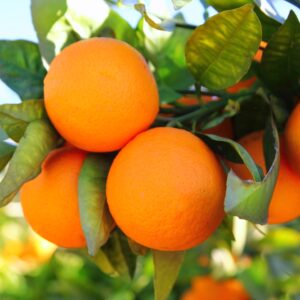Description
Loquat is an evergreen tree that mostly grows in tropical & sub-tropical areas. It is moderate in size that may reach 20-30 ft tall and produces yellow plum-like fruits when ripe; in fact it is referred to as the Japanese plum. The tree has a rounded crown, short trunk and new wooly twigs. Generally loquat fruit trees are east to grow and low maintenance.
In Kenya loquat growing is carried out in isolated home gardens for local consumption and mostly consumed as fresh fruit. There are countries that grow loquats commercially, china and japan being the major producers. The fruit is a good source for minerals and vitamins. The fruit has health benefits and is highly considered in traditional medicine. Even though they are largely consumed as fresh fruit, some are processed into syrup, jam and jellies.
The tree can tolerate temp of up to 35 degrees and requires approximately 1000-1200mm of rainfall annually. In instances of extreme cold or warm climate the trees normally fail to fruit or fruit poorly. They prefer deep and well-drained soil rich in organic matter. They thrive in soils with a PH of 6, but can tolerate soils with a PH of 5-8.Young loquat trees should be well watered until they are fully established.

Once established the trees are drought resistance but with regular watering, they will produce high quality fruits. Loquats can easily be grown from seed, grafting is necessary for consistent fruit quality. Most plants grown locally are from seed however we have spotted several hybrid varieties. We are in the process of propagating a few improved varieties that will later on be planted in different parts of the country. We hope to find a variety that is desirable to the market; hence the potential to be grown commercially. World over, there are more than 800 varieties that have been recorded.
Loquats and a matter of fact all fruit trees should be pruned to the desired shape. The objective is to open up the tree to allow sunlight to penetrate the plant canopy and to lower the bearing surface for easy harvesting and maintenance. It is advisable top rune fruit trees after harvest, remove overgrown branches and sprouts.one must fertilize fruit trees to attain quality fruits, high yields and healthy tree development. Leaf and soil analysis should inform the farmer on the fertilization regime to implement. Generally well composed farmyard manure does well accompanied by foliar sprays. Over fertilization increases sensitivity to fire blight disease therefore ensure the right dose is applied.
There are two major diseases that affect loquat; fire blight and loquat scab. As usual, prevention is better than cure, spray copper fungicides as a preventative measure. Aphids are the most common pests and can be controlled using bio-pesticides. General farm hygiene is key to achieving pest and disease free orchards. Prune off any dead or diseased branches and burn them. A well maintained tree will be more disease resistant than one which is not well taken care of. Ensure trees are well fertilized, irrigated and monitored regularly for any early signs of pest and diseases. In case of any attacks, seek help from your local agriculture officer or agronomist.
Harvesting takes place when the fruits are fully ripe. It takes 3 months from flowering for fruits to reach maturity. The fruits are round or oval shaped borne in clusters and usually yellow or orange when ripe. With proper fruit thinning one can achieve big fruit size; this is done on fruit set by reducing the number of fruits per cluster. Loquat fruits should ripen on the tree for better taste and quality. Fruits that are harvested before they are ripe tend to be bitter and acidic. They are tastier when they are eaten straight off the tree or within a day or two of picking. Seeds are toxic and should not be eaten.
Loquat trees play an important role in the environment; they provide shade, act as windbreakers, its large leaves are a good source of nutrients used as mulch and the tree has a well-developed root system that holds soil countering erosion. It is mostly planted in parks and gardens because of its ornamental appearance. It is also grown on borders of homesteads used as a barrier or boundary. we do have both grafted and non-grafted loquat seedlings for those who are interested to plant a few.







Reviews
There are no reviews yet.